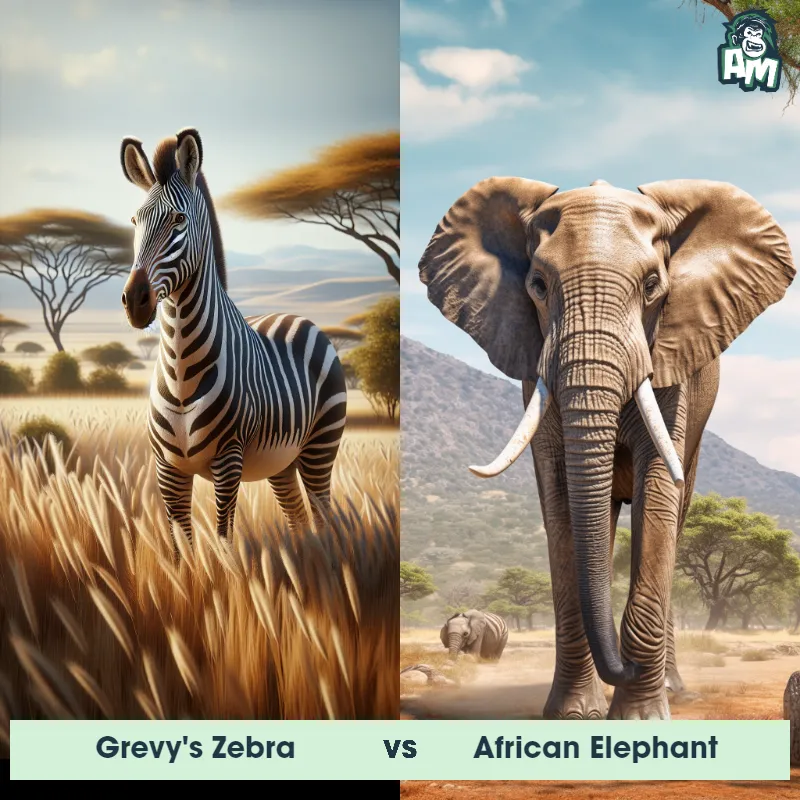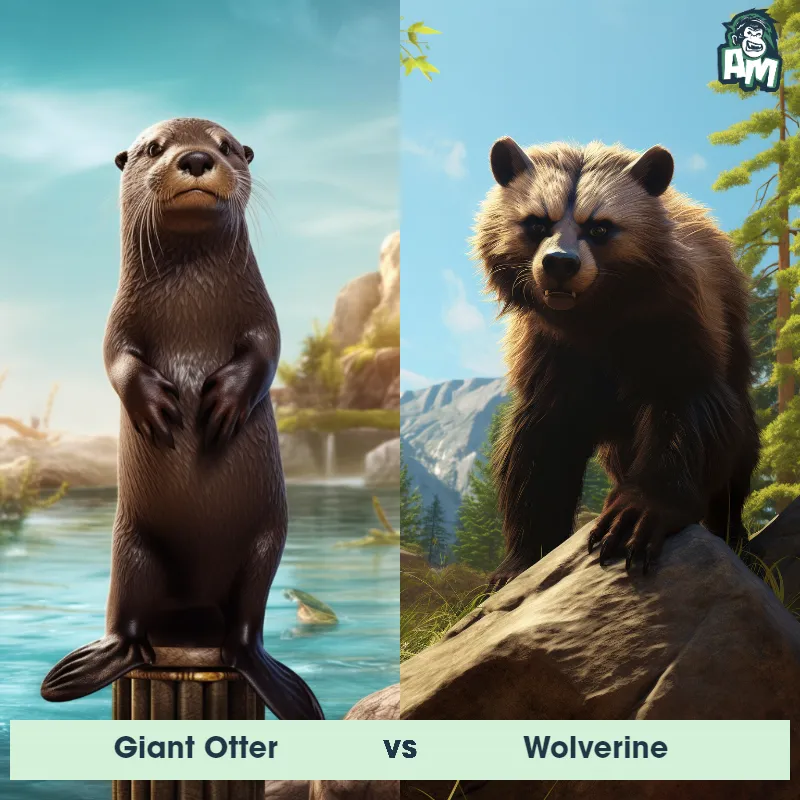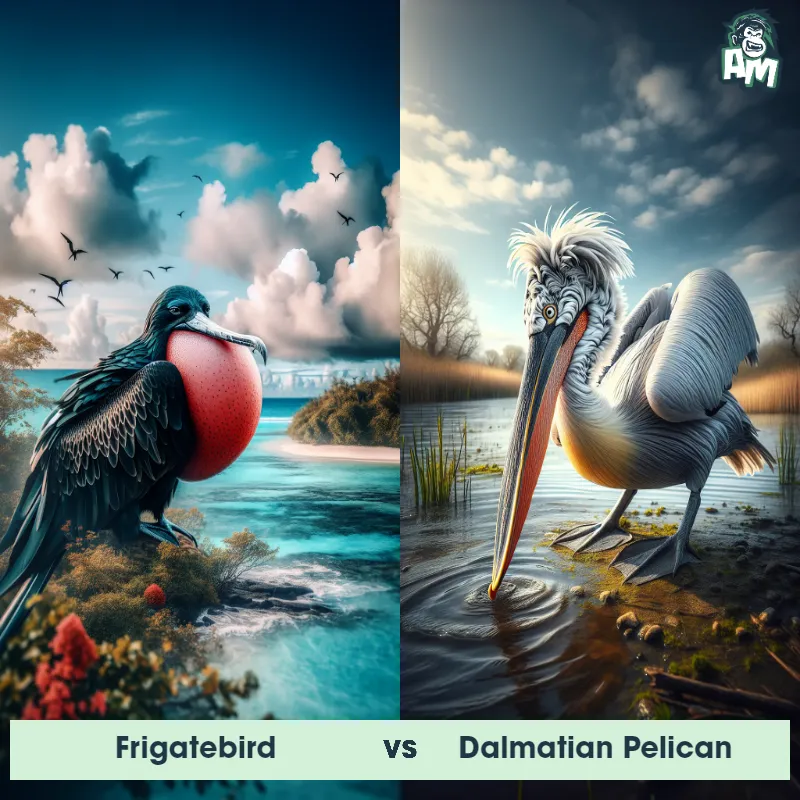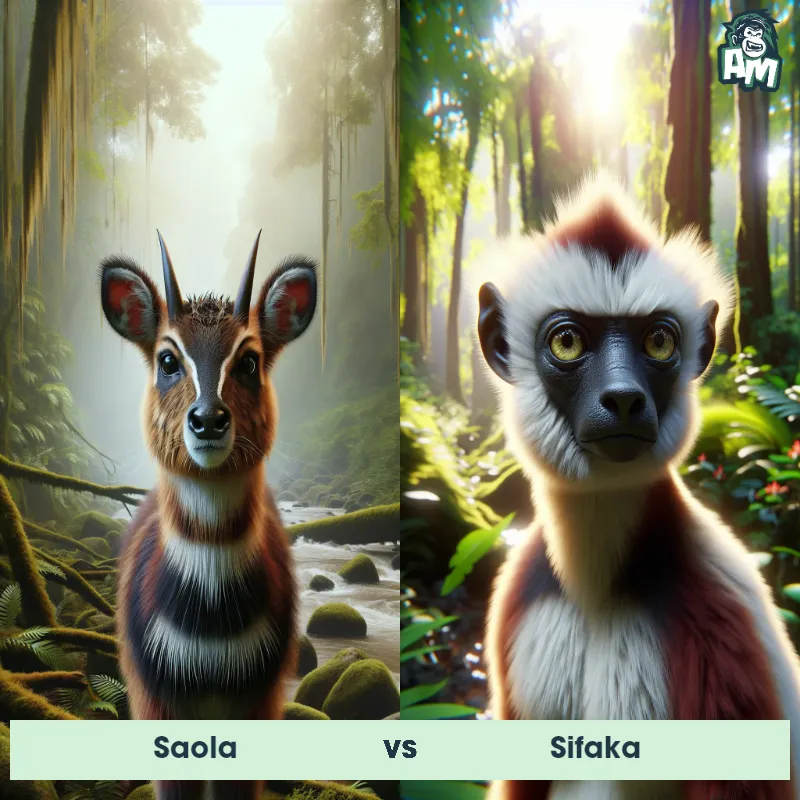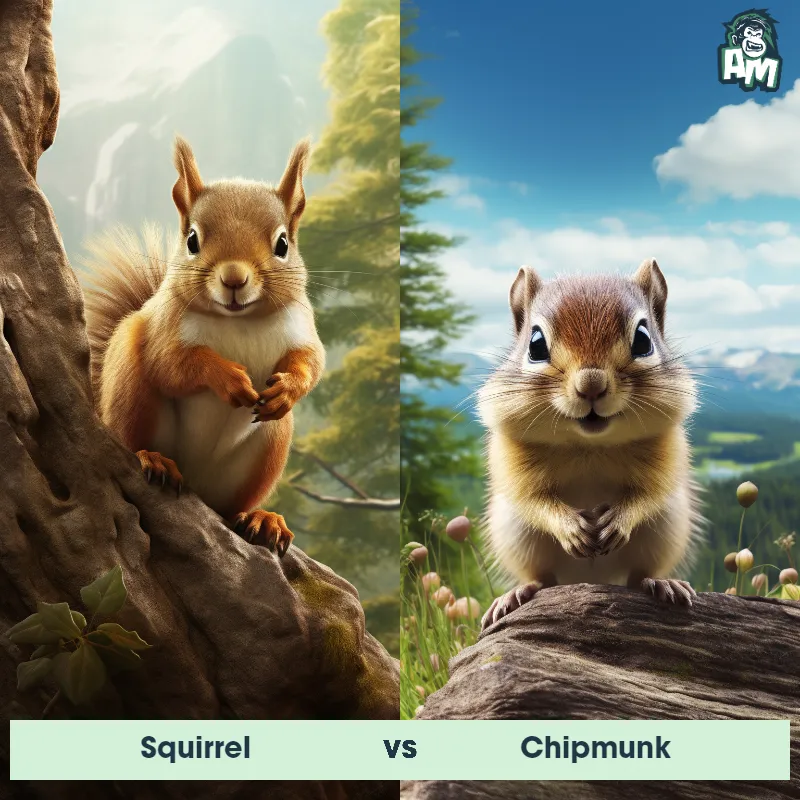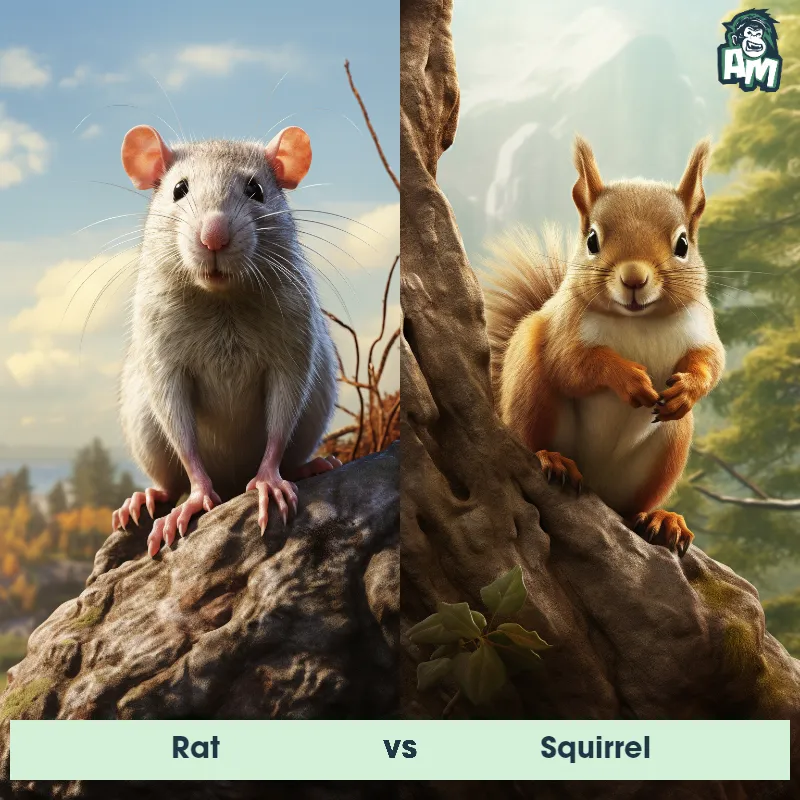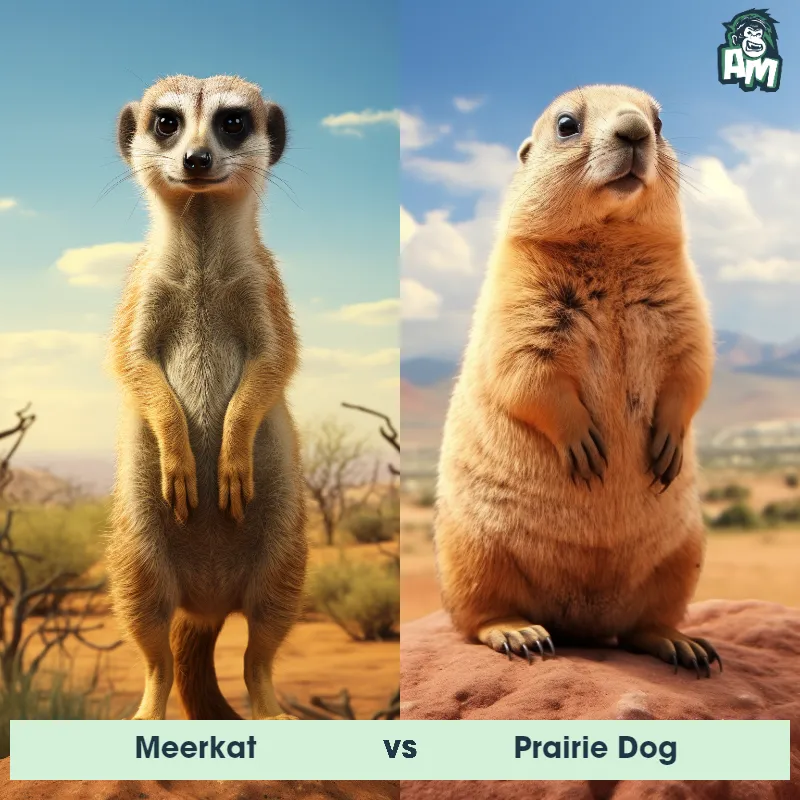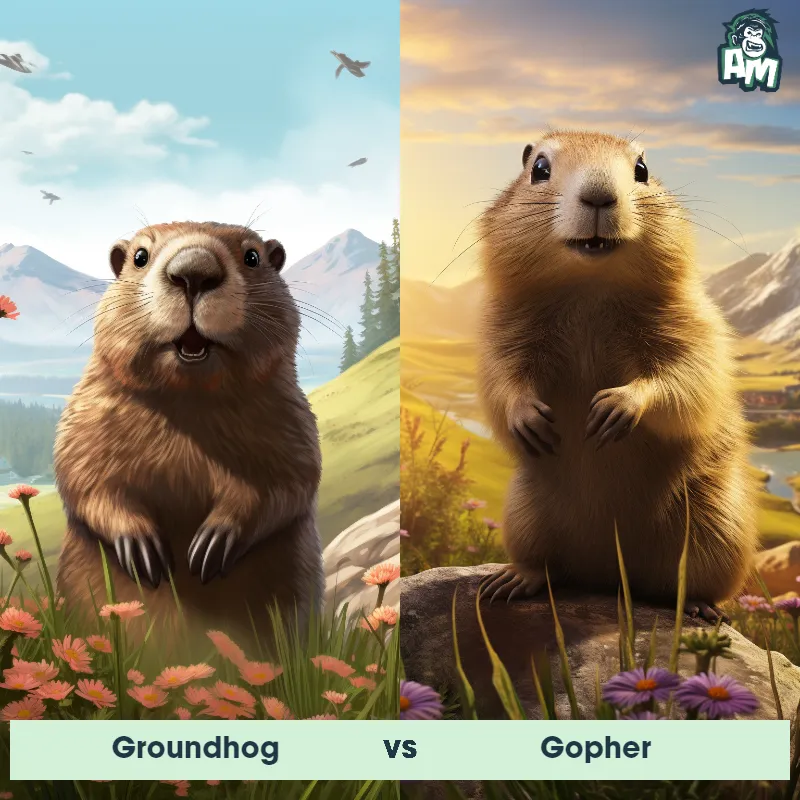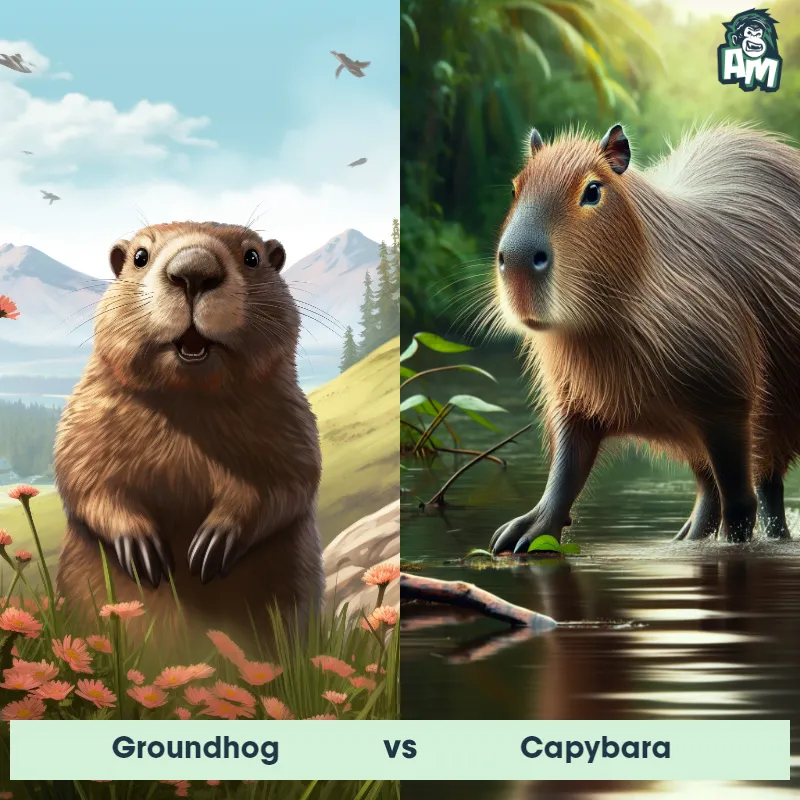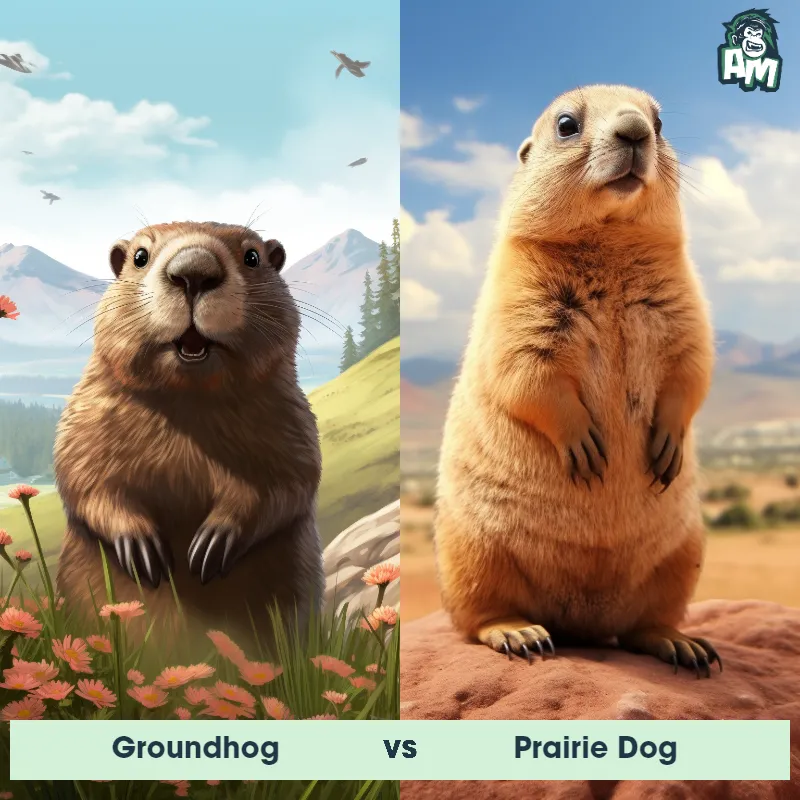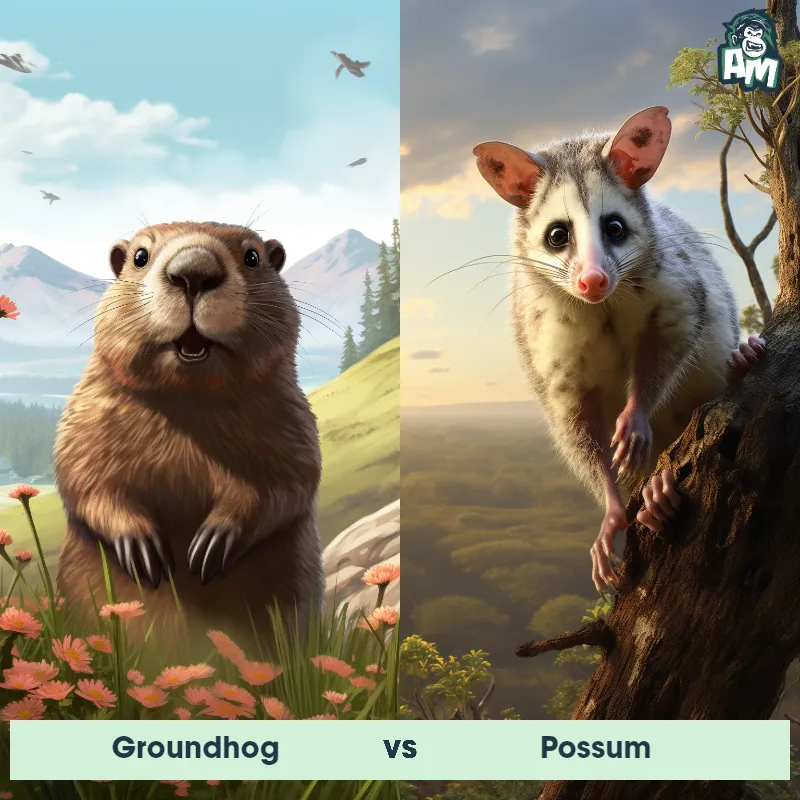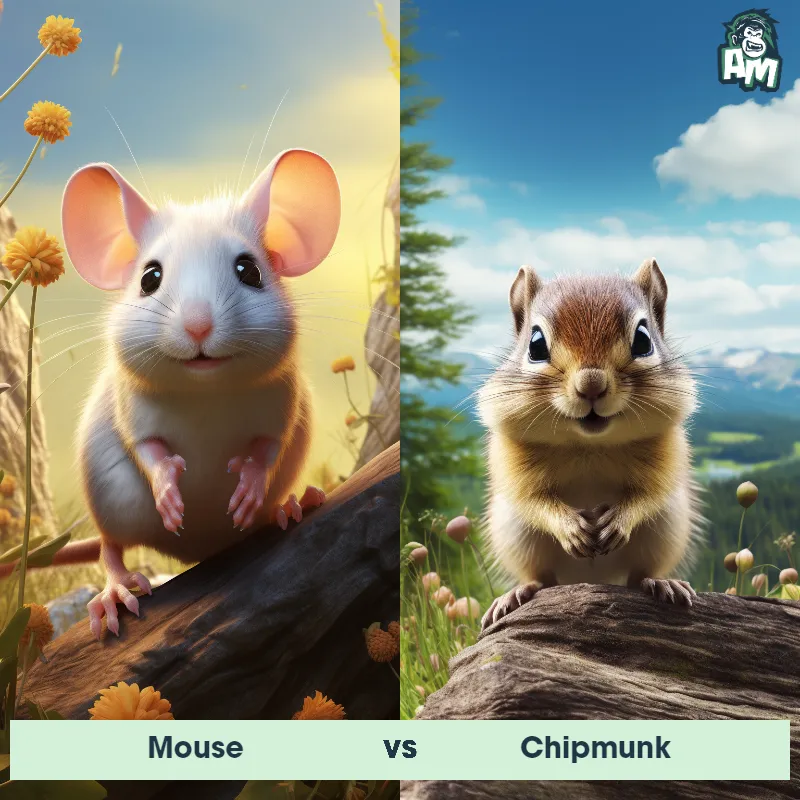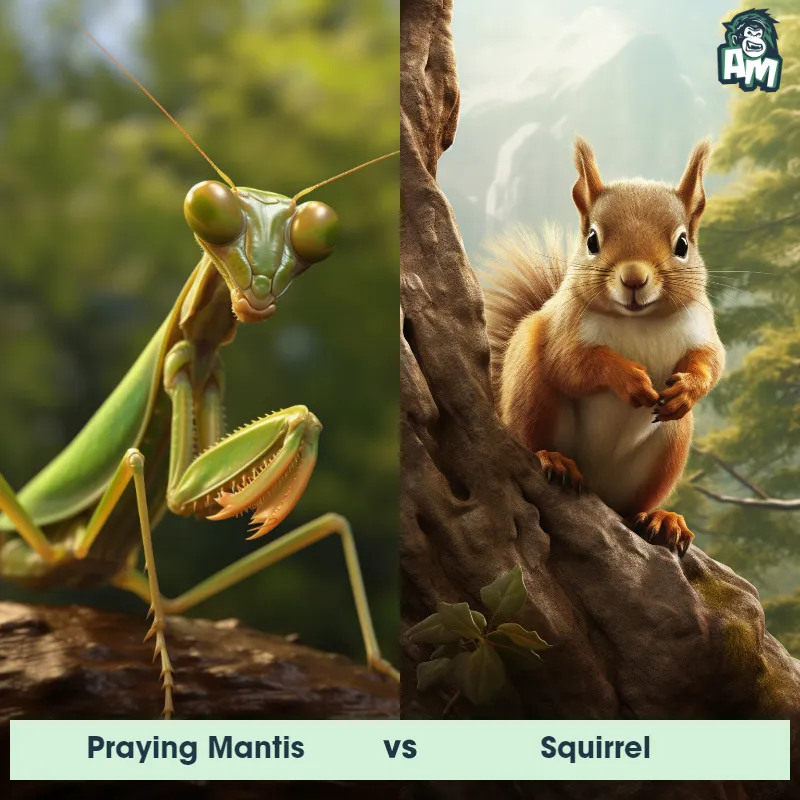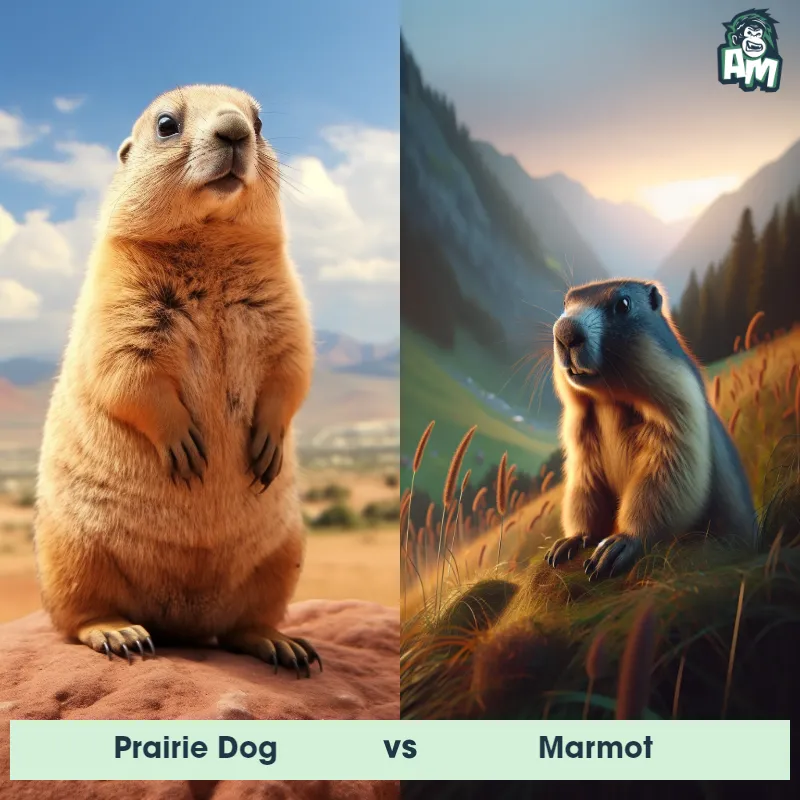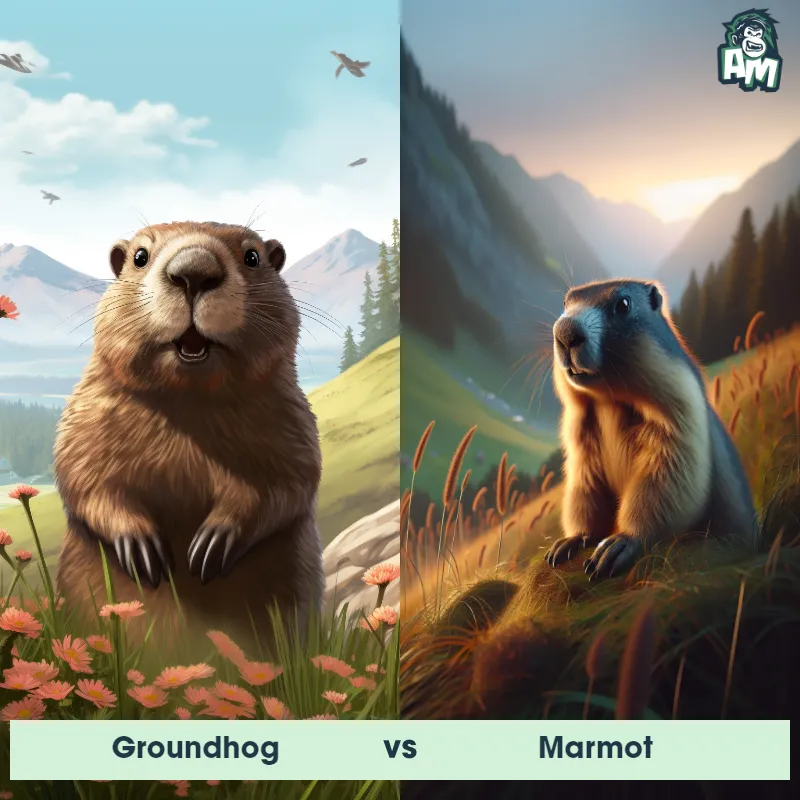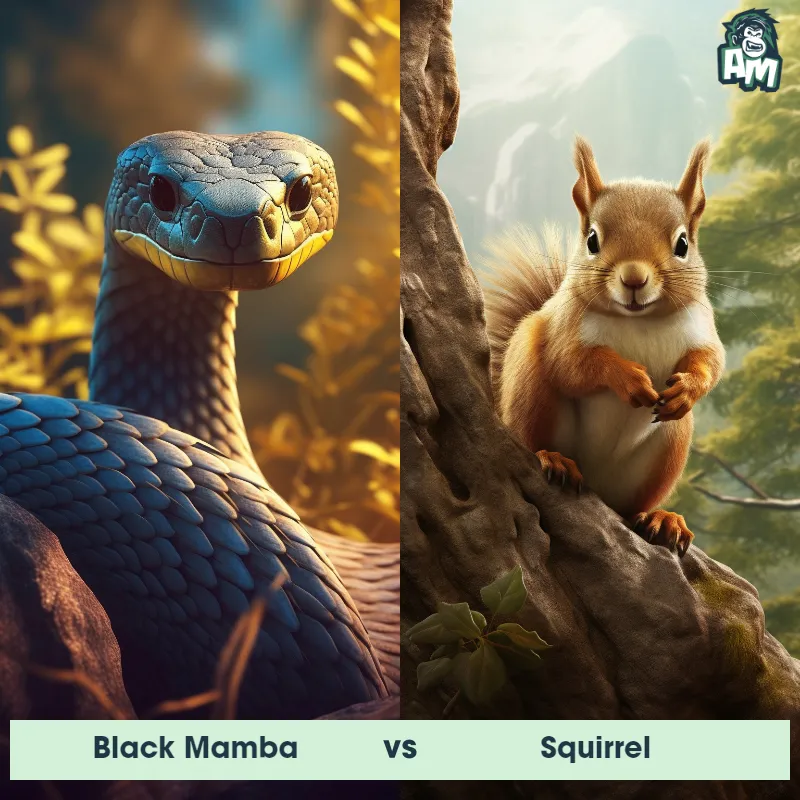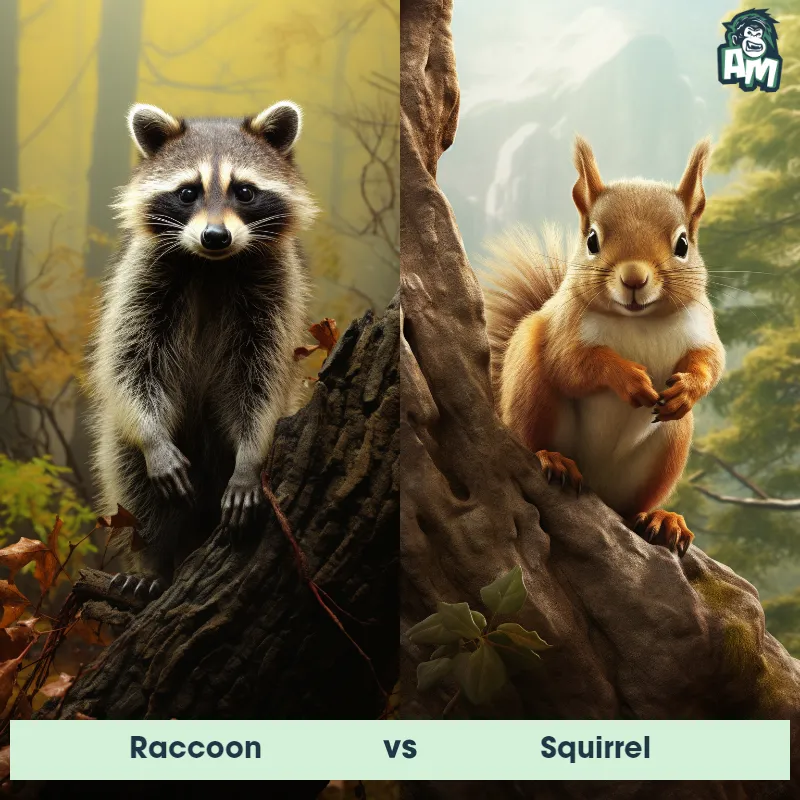Groundhog vs SquirrelSee Who Wins

Ladies and gentlemen, brace yourselves as we kick off an exhilarating showdown between two of nature's most tenacious competitors, the Groundhog versus the Squirrel! This is surely going to be a clash of agility versus endurance, cunning versus persistence.
Contender 1: Groundhog
The Groundhog, also known as a woodchuck, is a rodent of substantial size known for its burrowing habits. Groundhogs possess a stout body, weighing up to 14 pounds and measuring up to 26 inches long. They have a grizzled, grayish-brown fur, short ears, a small tail, and sharp claws which are well-adapted for digging. The Groundhog's diet primarily consists of grasses, fruits, and vegetables, and they are often found in meadows, pastures, and along the edges of woodlands.
Fun Fact: Groundhogs are not only skilled diggers but also efficient swimmers and climbers, surprising traits for their seemingly clumsy build.
Contender 2: Squirrel
The Squirrel is a small to medium-sized rodent, known for its bushy tail and agile climbing abilities. They have a slender body covered in soft, silky fur and vary significantly in color, from red and brown to grey and black, depending on the species. Squirrels are arboreal creatures, meaning they spend a significant amount of time in trees, where they forage for nuts and seeds, their primary diet.
Fun Fact: Interestingly, squirrels plant thousands of new trees each year simply by forgetting where they buried their acorns and nuts, playing a crucial role in forest regeneration.
Matchup Stats
| Groundhog | Squirrel | |
|---|---|---|
| Size | Up to 26 inches long (66 cm) | 5-20 inches (13-51 cm) |
| Weight | Up to 14 pounds (6.35 kg) | 0.5-1.5 lbs (0.2-0.7 kg) |
| Speed | 12 mph (19 km/h) | 12 mph (19 km/h) |
| Key Strength | Sharp claws for digging and defense | Agility and Speed |
| Biggest Weakness | Stout body, not built for speed | Small Size and Lack of Defensive Weapons |
Current Votes
Groundhog vs Squirrel
See Who Wins
View More Matches
Looking For More?
Similar Matches
Scientific Stats
| Groundhog | Squirrel | |
|---|---|---|
| Scientific Name | Marmota monax | Sciuridae |
| Family | Sciuridae | Rodentia |
| Habitat | Meadows, pastures, and edges of woodlands | Forests, Woodlands, Urban and Suburban Areas |
| Geography | North America | Worldwide except Antarctica |
| Diet | Grasses, fruits, and vegetables | Nuts, Seeds, Fruits, Insects, and Occasionally Bird Eggs |
| Lifespan | 3 years - 6 years | 5 years - 12 years |
Key Differences between Groundhog and Squirrel
- Facial Features: Groundhogs have a relatively flat face with small, round ears and prominent front teeth, adapted for gnawing on vegetation. Squirrels, on the other hand, have more delicate facial features, including larger eyes and ears that enable them to be highly alert to their surroundings.
- Habitat: Groundhogs are primarily found in open grasslands, meadows, and woodland edges, where they dig complex burrow systems. Squirrels, however, are highly adaptable and can be found in various habitats, including forests, urban areas, and even deserts, where they build nests called dreys in trees.
- Size: The Groundhog (also known as Woodchuck) is significantly larger than the Squirrel, with an average length of 16-26 inches (40-66 cm) and a weight of 4-9 pounds (1.8-4 kg), whereas Squirrels are generally smaller, ranging from 6-12 inches (15-30 cm) in length and weighing 0.5-1.5 pounds (0.2-0.7 kg).
- Body Shape: Groundhogs have a robust and stocky body with short legs, designed for digging burrows and foraging on the ground. Squirrels, in contrast, have a slender and agile build, with long limbs that allow them to climb trees and move swiftly.
- Tail: Groundhogs have a relatively short, bushy tail that measures around 4-7 inches (10-18 cm) long, while Squirrels are characterized by their long, fluffy tails that can be as long as their body, serving as a balance and communication tool.
- Coloration: Groundhogs typically have a dense, coarse fur that is brownish-gray in color, often with a reddish tint on their underparts. On the other hand, Squirrels exhibit a wide range of colors, depending on the species, including shades of gray, brown, black, and even red.






